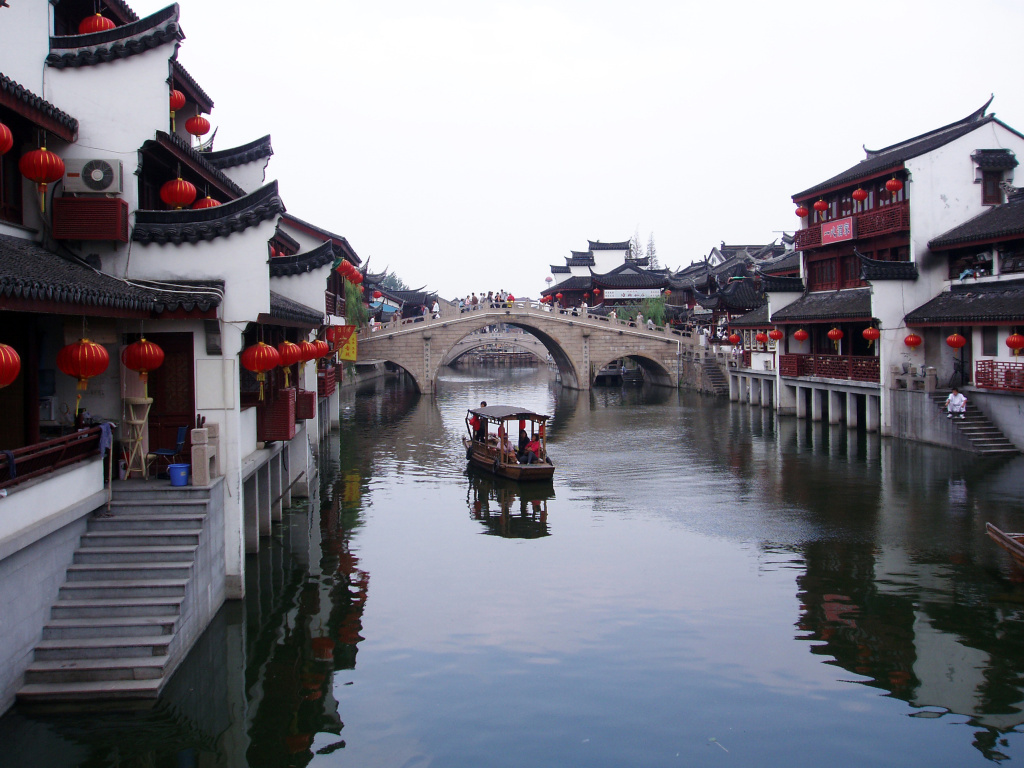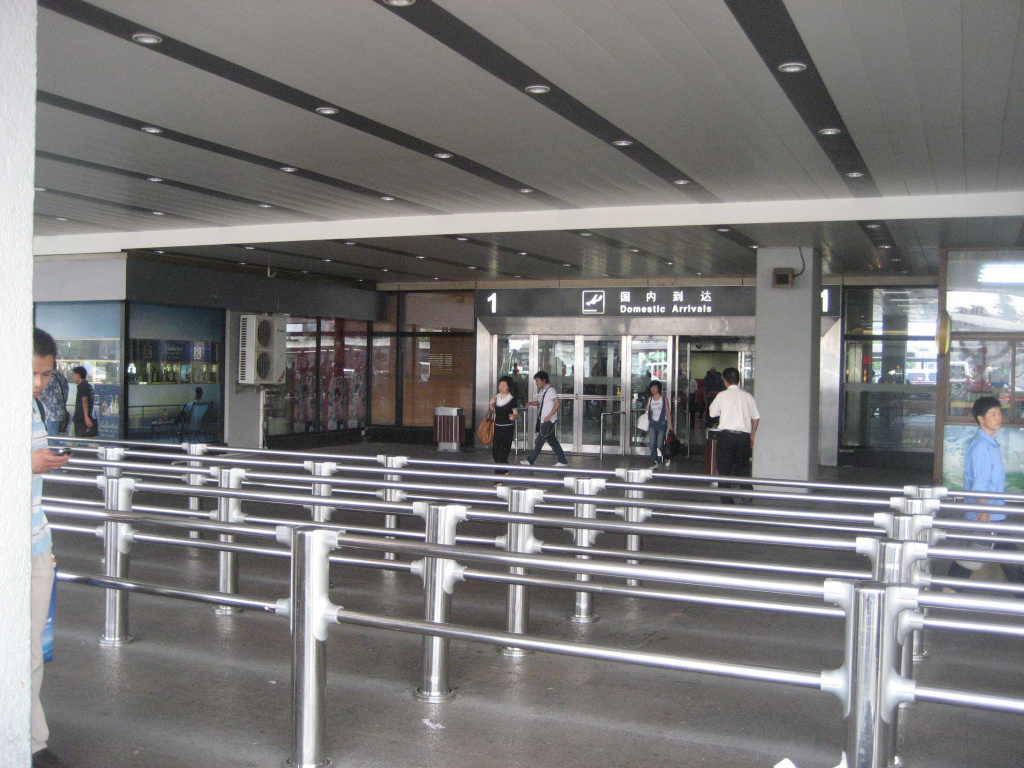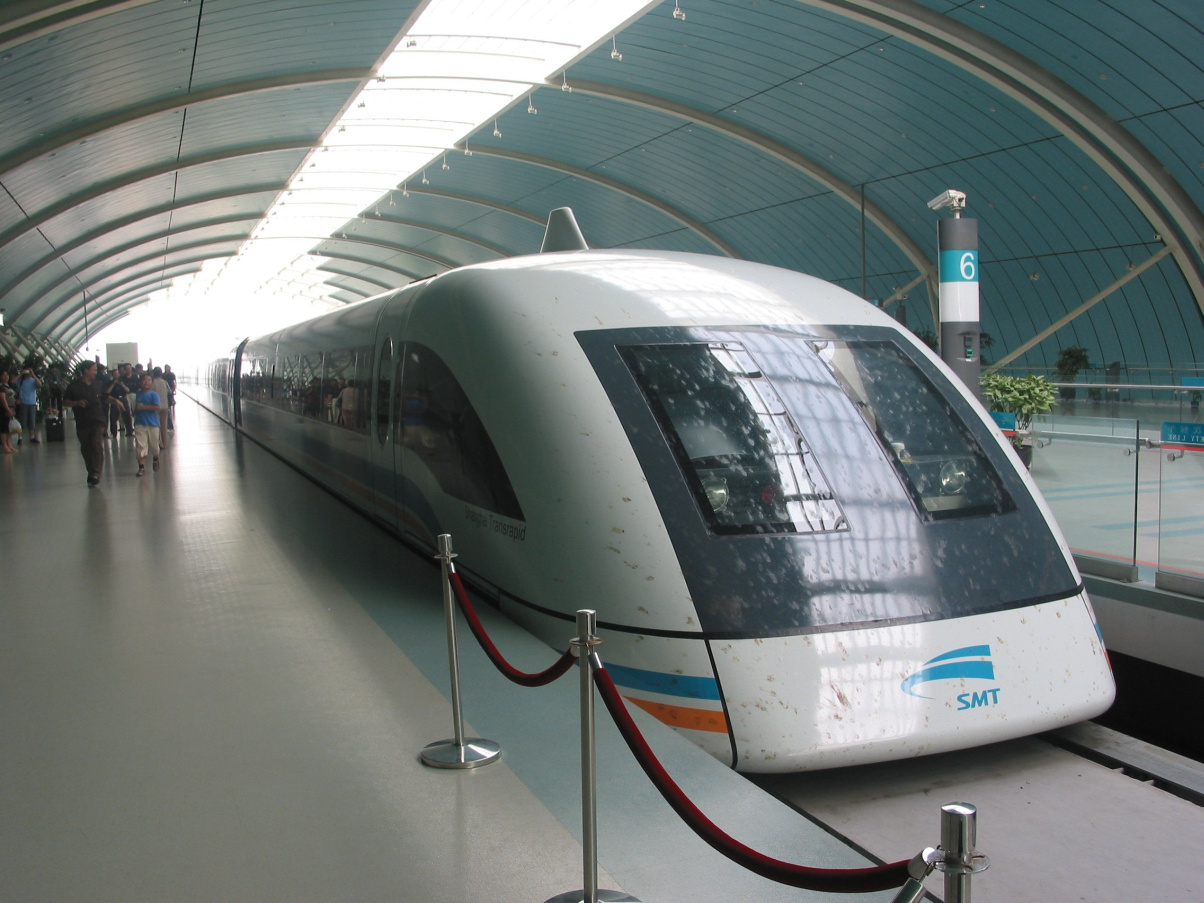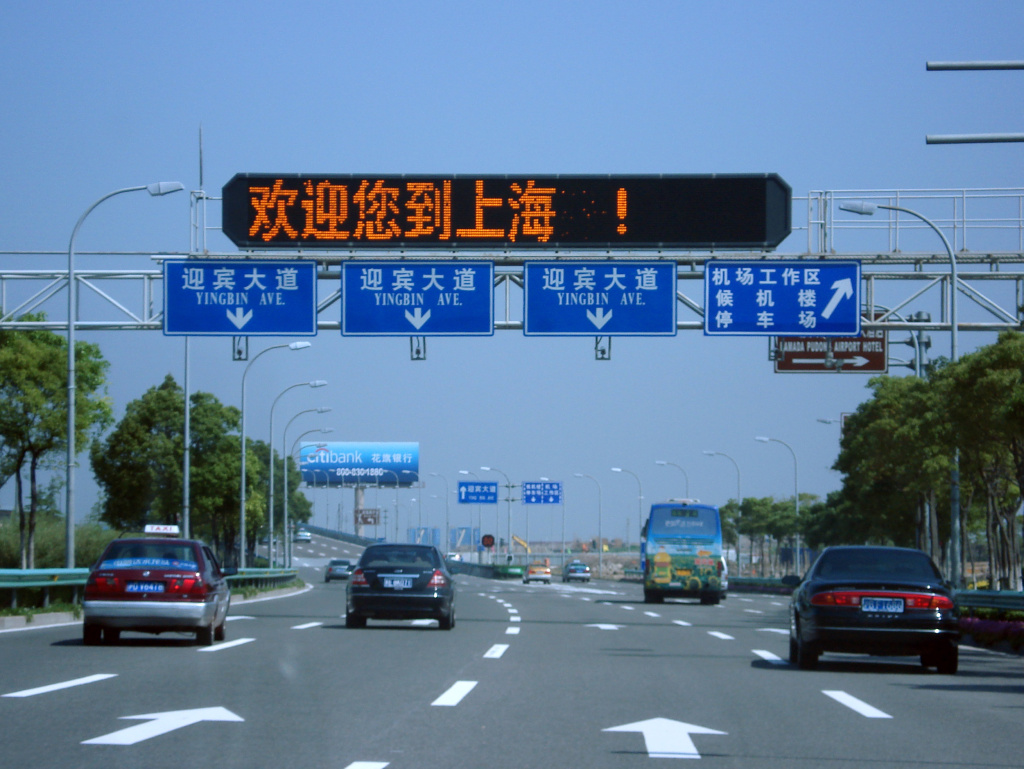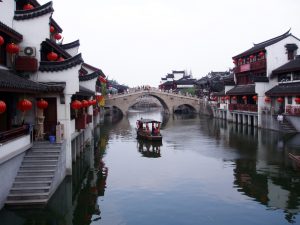 The People’s Republic of China has four municipalities which have provincial-level standing and these include Shanghai. It has 18 districts and one county.
The People’s Republic of China has four municipalities which have provincial-level standing and these include Shanghai. It has 18 districts and one county.
The following are the districts of Shanghai: Baoshan, Changning, Fengxian, Hongkou, Huangpu, Jiadiang, Jing’an, Jinshan, Luwan, Minhang, Nanhui, Pudong, Putuo, Qingpu, Songjiang, Xuhui, Yangpu, Zhabei while the county is Chongming.
Home to Shanghai University main campus and Baosteel’s HeadQuarters is the District of Baoshan. You can find artifacts of the Second World War in a small museum located in Donglin Lu’s Anti-Japanese War Memorial Park. Schools found within the area include the Xing Zhi Middle School which has sister school in England, the Maidstone Grammar School. Baoshan is accessible by Shanghai’s Metro Network, while 925B bus services the area until Youyizhi Lu, Youyi Lu to People’s Square, Mudanjiang Lu to Jiangwan Zhen is serviced by number 5 bus. You can also find a ferry terminal offering rides to Chongming Island and the Putuoshan, the Buddhist Island.
Home to Zhongshan Park is the Changning District, populated with more than 600,000 people on a land area or 37.19 square kilometers.Known for ocean resorts and beautiful is the District of Fengxian. Here you will find the three women temple or the San Nu Temple at the Guhua Park in Nanqiao. It is said that during the Zhou dynasty, three daughters of the King of Wu hung themselves instead of being caught by the soldiers of the King of Yue.
Nanqiao can be reached through subway to Jing Jiang Park then bus to Nanquiao or subway to Xinzhuang then bus to the town. Dine to some fine restaurants after exploring Nanqiao’s beautiful sites.
Hongkou boasts being the cleanest district in Shanghai. It is Shanghai proper’s northern part when you can find the Lu Xun Park, Shanghai University of Finance and Economics and Shanghai International Studies University.
Central Shanghai is the Huangpu District. It is the combination of Nanshi and Huangpu districts and considered one of the most populated areas in the world with almost 600,000 people on a 12.14 square kilometer land area.
Shanghai International district and Shanghai University can be found in Jiading. Connected to downtown Shanghai by the first expressway, the Hujia, it is home to 474,000 inhabitants.
Jing’an is one of Shanghai’s business spots and home to luxurious residential neighborhood with a number of expatriates living in the area. On the north it is bordered by Suzhou Creek and the east side by Huangpu District.
One of the biggest districts is Jinshan with nine towns and an industrial estate. At the coast, you’ll find three uninhabited islands of Shanghai including the Big Golden Mountain (the Da Jinshan), the Floating Mountain (the Fu Shan) and the Small Golden Mountain (the Xiao Jinshan)
Directly located south of People’s Square is an old French Concession area of Luwan. Named after Lujia Wan which means Lu’s Bay, it has been location for police’s depot and prison during the early French era. Now, Luwan is famous for fine dining restaurants and international fashion shops, best spotted along the Huaihai Road.
The District of Minhang consists mainly of residential area with a number of production and factory facilities. It is easily accessible through two lines of Shanghai Metro, one and five. You can find towns like Hongqiao, where the airport is; Gubei for the emigrants; and Qibao, popular for ancient attraction of the town with its 1000 years of history.
Used to be a county, Nanhui was renamed to Nanhui District in 2001. in 2006, Nanhui reached an impressive GDP of US$4.5 billion and considered one of the richest county in China. Also notable is the development of Pudong Internationbal Airport and the international Yangshan deep-water port helping the district catch up with the developments of Shanghai. Every March to April, enjoy the peach blossom festival, as Nanhui caters to one of its major tourist magnets.
China’s commercial and financial center is Pudong. It is a New Open Economic Development Zone and home to Shanghai Stock Exchange and Lujiazui Finance and Trade Zone. Notice the skyline featuring the Jin Mao building, Shanghai World Financial Center and the Oriental Pearl Tower, all of which reflects China’s fast economic progress.
Shanghai West Train Station is located in Putuo District. It is populated with over a million residents on a 54.83 square kilometer land area. Qingpu district however is the western part of Shanghai – beautiful with several tourist areas along Lake Dianshan and yet apparent with 14 star-rated hotels, 2 international and 21 domestic travel agencies and 3 quad A-grade tourist destinations.
Songjiang District used to be Songjiang County in 1998. It has population of almost 500,000 and land area of 604.56 square kilometers.
Xujiahui is the center of Xuhui District. Xujiahui used to be owned by Ming dynasty official Xu Guangqi which he later donated to the Roman Catholic Church. It has been later re-established to become a commercial area with department stores and large-scale shopping.
Bordered by Huangpu River and Baoshan District, Yangpu is subdivided into 11 sub areas and 1 town. Tongji University and Fudan University, two of China’s well-known universities can be found in Yangpu. Shanghai Metro line 3, 4 and 8 provides easier transportation to the Yangpu.
Zhabei is home to Shanghai Multimedia Valley, attracting more and more IT talents from all over the country. This district is also home to Daning Lingshi Park, the biggest in Shanghai. It is considered as an education hub with 151 educational amenities ranging from kindergarten to universities.
Chongming County consists of three islands – Hengsha, Changxing and Chongming. It is said that he island of Chongming appeared due to water level changes of the river sometime in 618. The Chong Ming National Forest Park can be found in the area.
